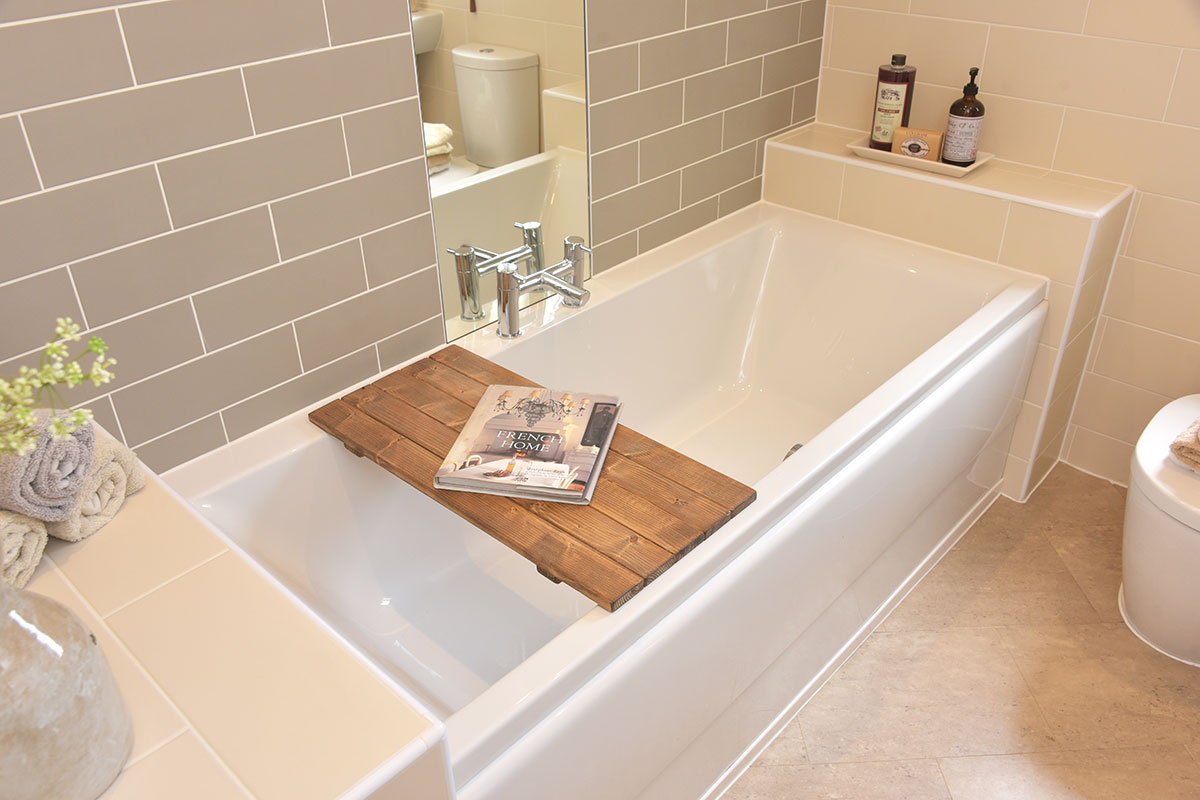How serious is it?
The first thing is to understand how serious the leak is.
- A MAJOR leak is usually one where a pipe has become damaged, and where enough water is leaking out to cause flooding and damage to your home. A major leak is one that is continuous and/or cannot be contained. If you have water pooling on the floor, or water running through the ceiling, that would be classed as a major leak.
- A MINOR leak is one that can be avoided, controlled or contained by shutting off the water supply to that particular outlet. Dripping taps, running toilet cisterns and overflows, or weeping radiator valves are all types of minor leaks.
Dealing with major leaks
As a precaution, there are a number of steps to follow:
- The first thing you should do is switch off your electricity supply.
- Shut off the water supply to your home at the stopcock. Not sure where to find it? Don’t worry – we have a helpful guide for that.
- If your home is still within its two year warranty period then please get in touch with us using the contact box on this page.
- If you are outside your warranty period you may need to call an emergency plumber.
Dealing with minor leaks
If it’s a small but persistent leak, and the water could build up and cause damage, then the first step is to try and contain it.
- If it’s not possible to catch the water in a container, then an old towel can be used to soak up drips. Remember to wring it out regularly.
- Try to isolate the source of the leak.
- A weeping radiator valve can often be temporarily stopped by closing the valve by turning it in a clockwise direction.
- Similarly, a dripping toilet cistern is likely to have an isolation valve that can be used to shut off the water supply to that toilet. Closing the valve and then flushing the toilet should leave the cistern largely empty and reduce the likelihood of the leak causing damage.
Finally, if your home is still within its two year warranty period then please get in touch using the contact box on this page. If you are outside your warranty period you will need to call a plumber.
Bath and shower leaks
Sometimes small amounts of water can make their way past the seals around the edges of baths and showers.
- If the problem concerns a hinged shower screen fitted to a bath, make sure it’s positioned correctly, with no unexpected folds or creases in the flexible seal that could allow water to get past.
- If the leak is around a fixed sealant (mastic/silicone), such as at the edge of a bath or shower tray, the seal may have deteriorated. Keeping these seals in a good state of repair should be part of your standard household maintenance.
- If you can see where the problem is, you might wish to try and tackle it yourself. Applying fresh sealant is not difficult - we recommend watching some of the many YouTube videos on the subject.
- Always use a quality brand of mould-resistant sealant when making repairs, and leave fresh sealant alone for 24 hours to fully cure before using the bath or shower again.
- Alternatively, it’s a relatively quick job for any competent plumber or tradesman.

Leaking waste pipes
Occasionally leaks can arise when a waste pipe is faulty, damaged, or a joint stops being watertight. Sometimes they might be obvious, for instance drips underneath a sink, and other times you might notice something like damp appearing on the ceiling under your bathroom. The leaked water will only appear when you use the waste pipe in question, for instance when you run a tap or empty a bath.
- Try to locate the source of the leak. If water is coming from a joint in the waste pipe that you can access you may be able to simply tighten the joint. Grasp the collar of the joint in one hand and the section of pipe it is screwed onto in the other, and rotate the collar clockwise until it feels tight.
- If the leak seems to be coming from an inaccessible point, such as under a floor, you may need to seek the help of a plumber.
- If your home is still within its two year warranty period then please get in touch with us using the contact box on this page.
Emergency
Our teams are on hand when you need us, especially in the event of an emergency.
Get in touch
The New Home Customer Care Team is available via email.